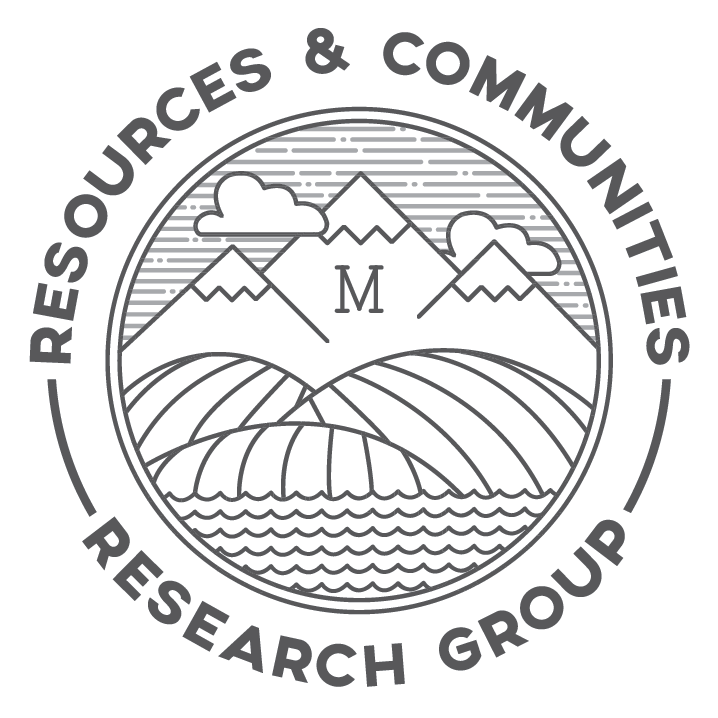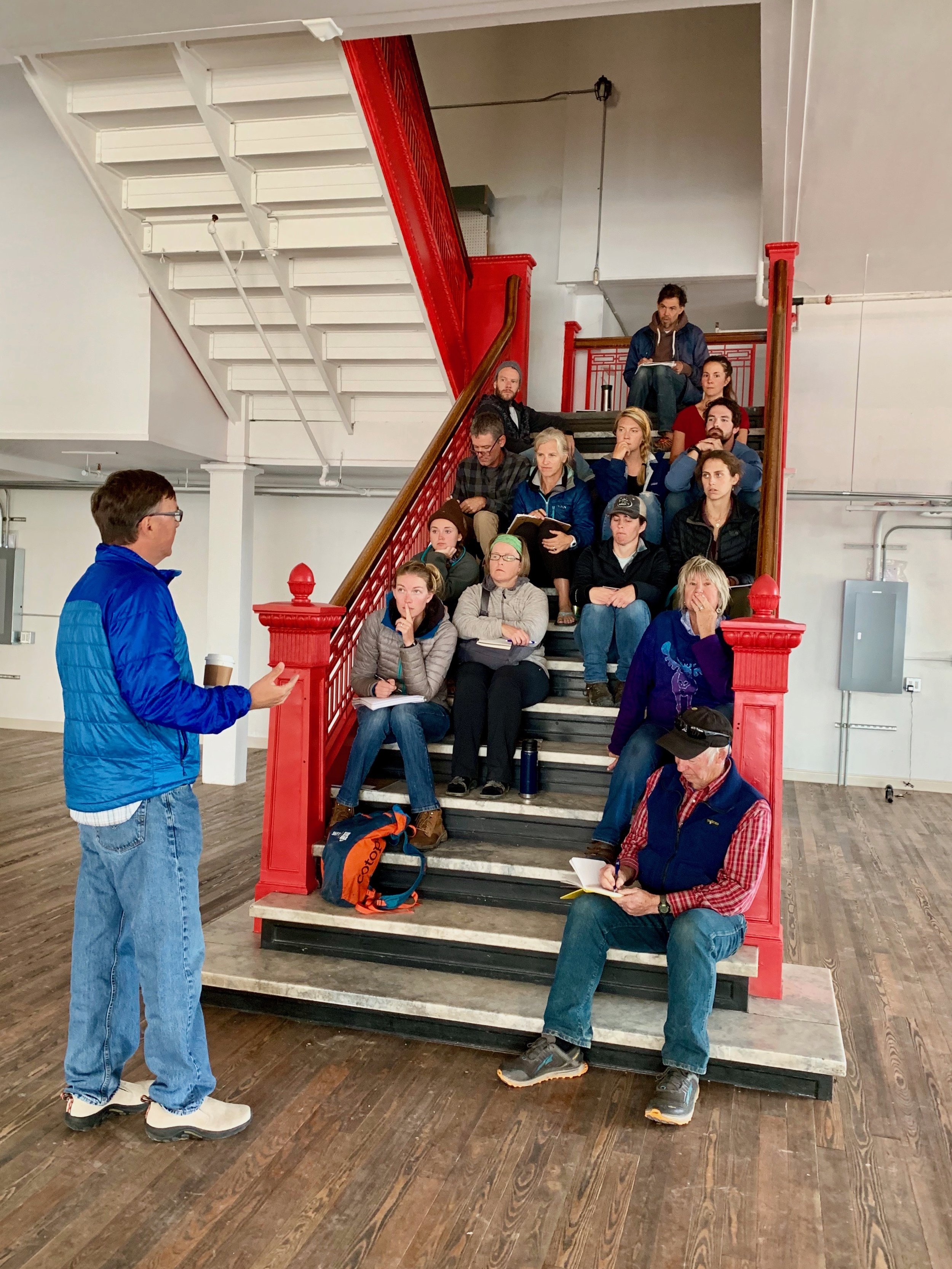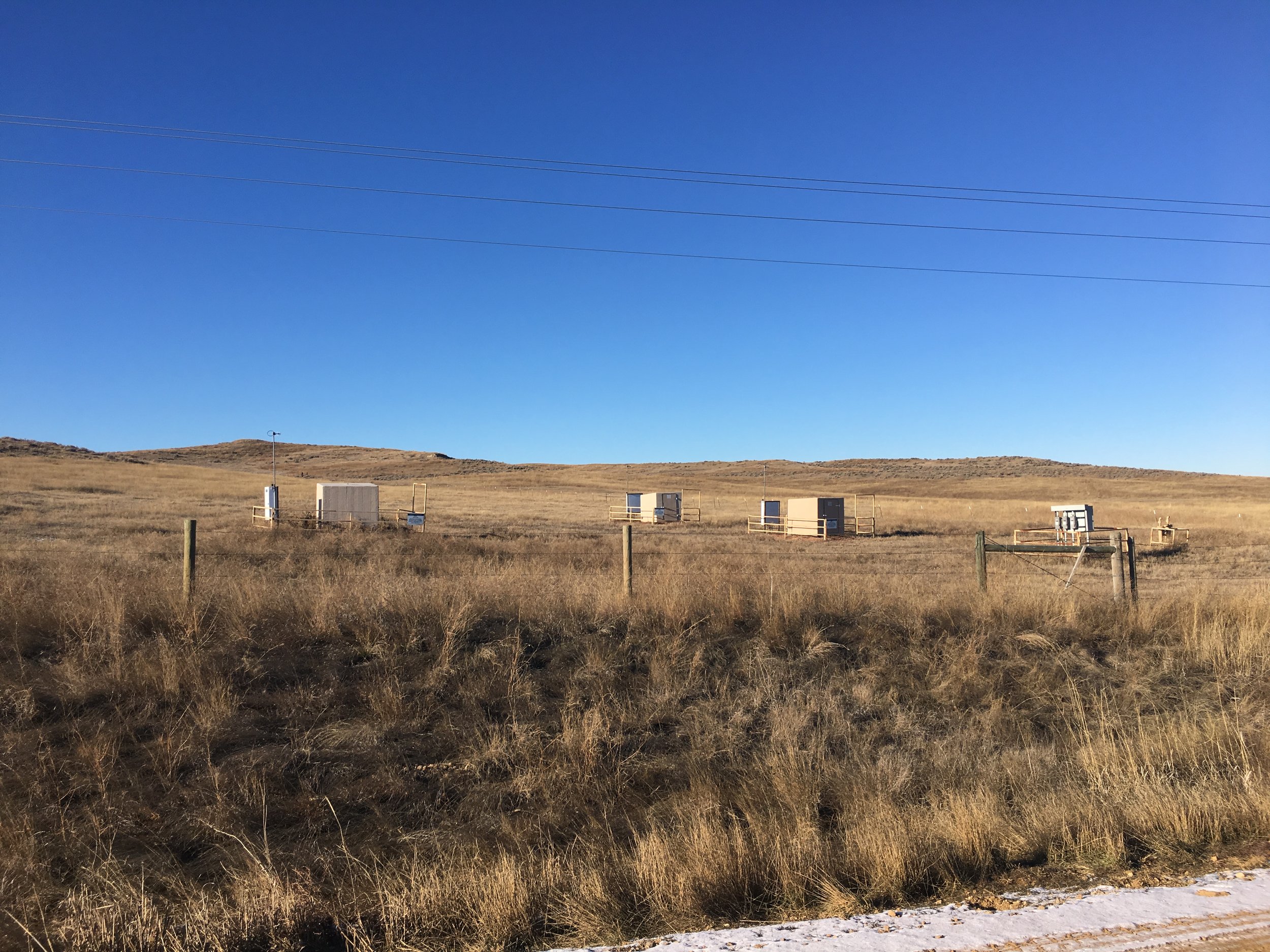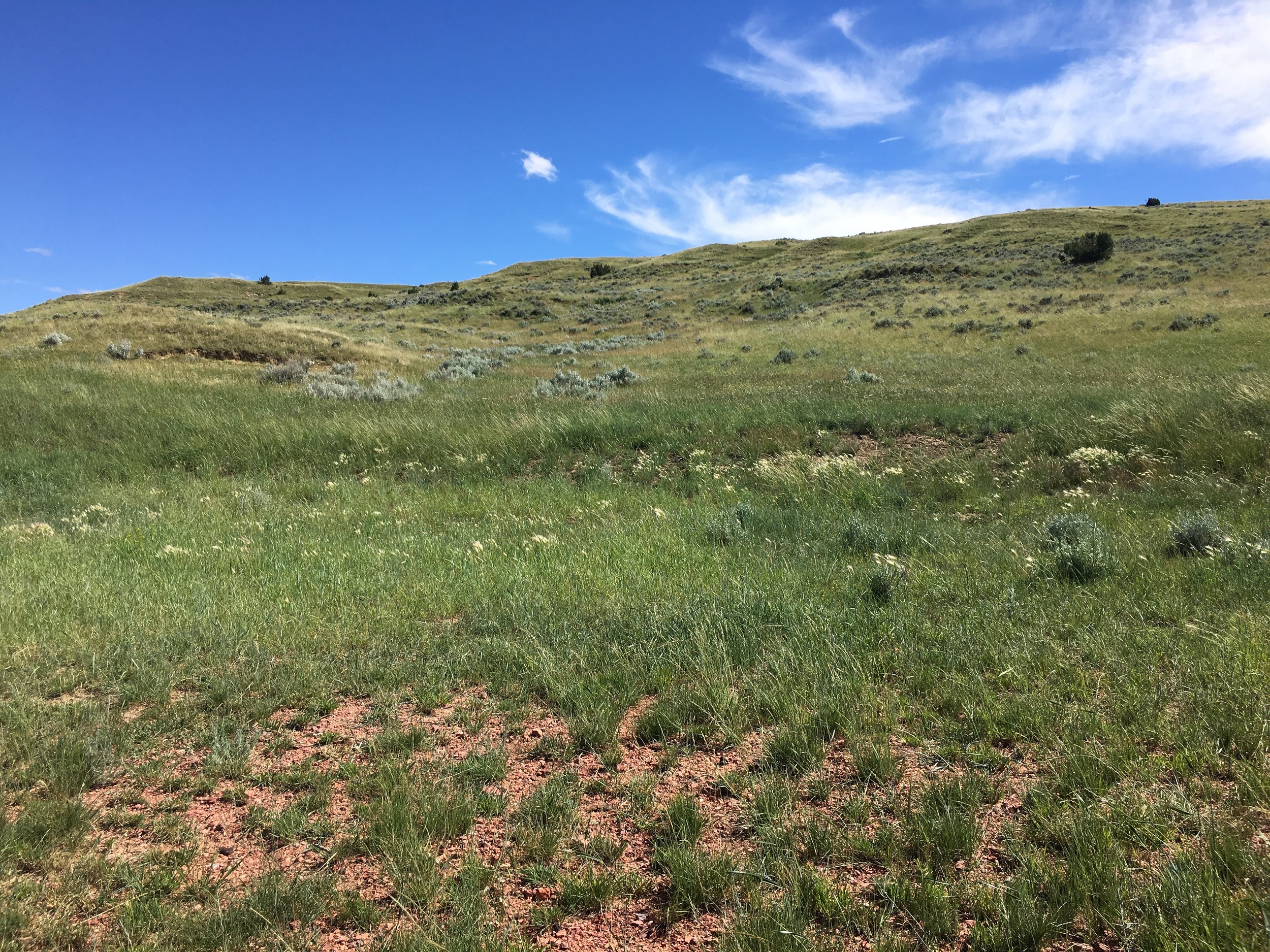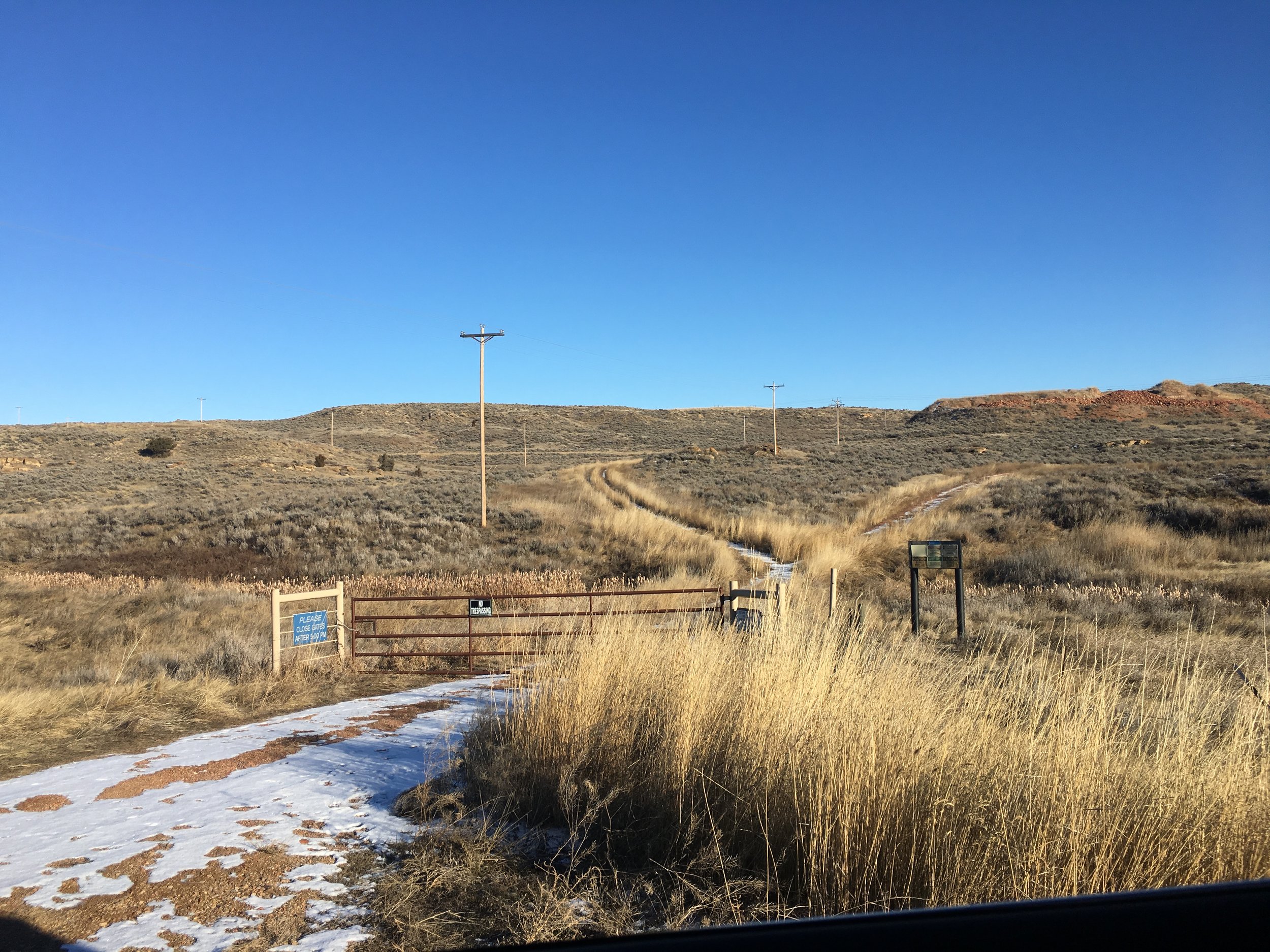by Kelli Roemer
Earlier this month, I was invited by the Dakota Resource Council to speak at a public forum called, “Building Resilience in Coal Country,” in Beulah, North Dakota. To an audience of county commissioners, community leaders, stakeholders, and community members, I presented research findings from a collaborative research effort between Montana State University and Headwaters Economics that examines how coal-reliant communities in the U.S. West are planning for the impacts of plant or mine closure. One of the biggest challenges facing coal-reliant communities is how to replace lost tax and royalty revenue after the coal plant or mine closes. Recent research on economic transitions calls for strategies that stabilize budgets, build dedicated transition funds, and tie the revenue to specific goals that support diversification and are appropriate to the local context. In addition, I shared lessons from previous RCRG research about the critical role of local institutions and the process of planning to rural community resilience in energy communities. Specifically, an example of Richland County’s planning process to coordinate local responses to emerging concerns related to rapid increase in oil and gas development.
My presentation was followed by Jack Morgan from the National Association of Counties (NACo), who has been working in coal-reliant communities across the United States, and then a facilitated conversation about next steps for the community in terms of addressing their community’s future.
Big thank you to Dakota Resource Council and the community of Beulah, North Dakota for hosting us and letting us share our work with you!
